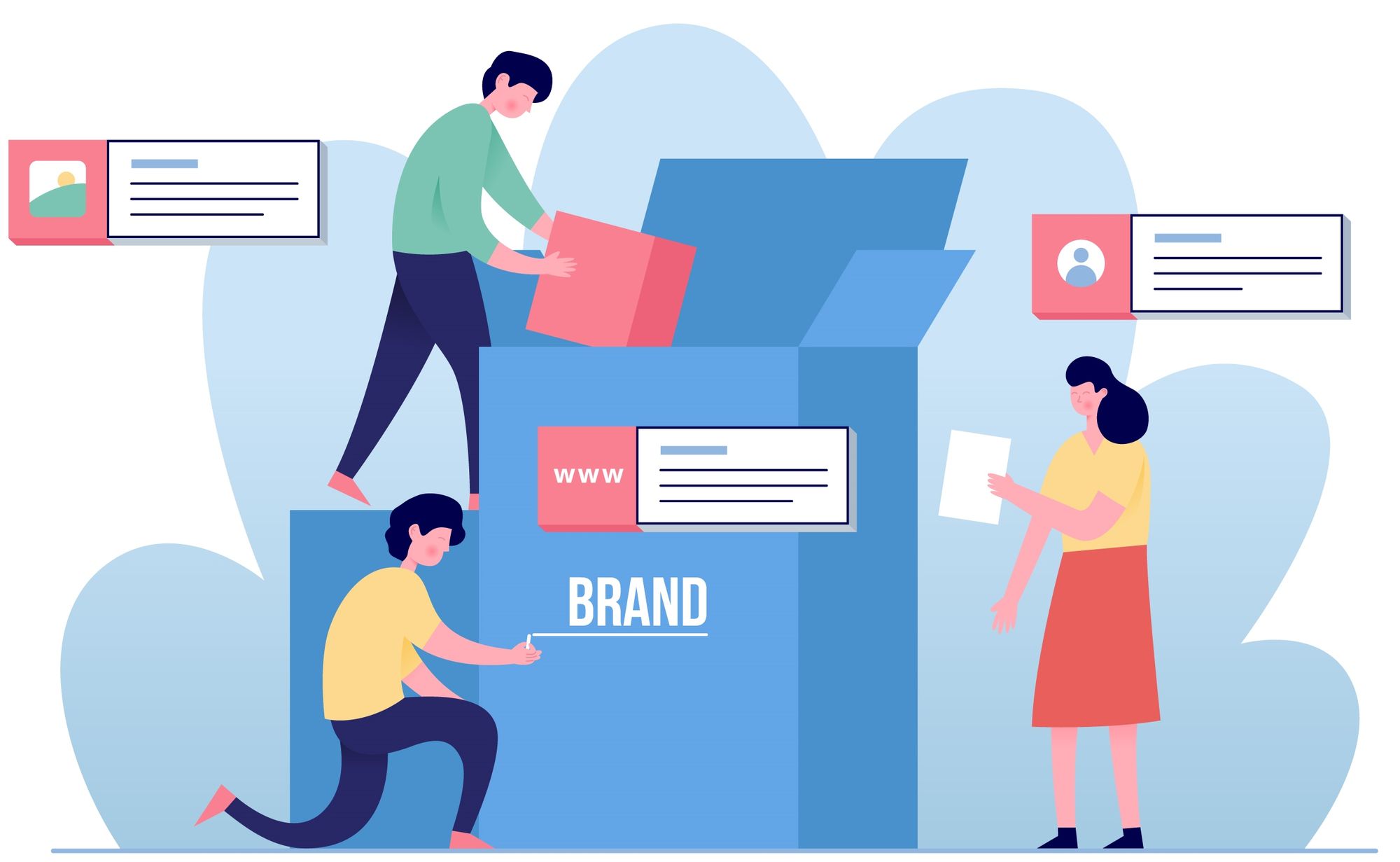
🎓 Definition
For a Brand, it's a group of Customers who used to buy their Brand and then switched to their Competitors’ Brands.
Switch Loss is when a Brand loses a Customer who was previously loyal to their Brand. This is different from a Customer who simply doesn't care about Brands in a particular category. It usually occurs when a Customer previously preferred a Brand and suddenly changed its mind to purchase another Brand whatever the reason.
🧪 Switch Loss Example
Customers currently buy Anti-Dandruff shampoo from Brand A, however, Brand B is now offering a bundled promotion of Anti-Dandruff shampoo with Anti-Dandruff Conditioner at the same price. Therefore, Customers switched to buying Brand B.
Another example is, Customers used to buy a detergent from Brand A at 7$, while Brand B offer a lower price of 5$ because they have a better deal from the Supplier. Customers, then, switched their Brand B, simply because of cheaper Selling Price offered.
💡Apart from Prices and Commercial Offer Understanding factors which drive Customers to switch from one Brand to another
- Item Availability can cause a switch loss when Customers cannot find their current favorite products / brands, and they switch to buy Competitor's products / brands
- Customers Experience - Customers who have bad experience from current favorite Item, and they switch to buy Competitor's Item looking for a better experience. For example, Customers current favorite product quality is decreasing, and Customers become frustrated, then, they switch to buy Competitor's product for which quality seems similar and consistent over the time.
- Item Change - Current favorite product composition changes or adds new features that don't appeal to Customer. It is common to prefer a brand for its predictability, stability, and usability. For example, new update facial day cream which are now included Retinol but Customer is allergic to Retinol. Therefore, Customer tend to switch to Competitor's brand with the same day cream, but without containing Retinol.
- Curiosity - Customers become bored with a Brand or its products and feels like exploring new options. For example, Customers always buys same product from Brand A. Brand B is launching a new product with additional functionality, therefore, they switch to buy new product from Brand B to gain new experience.
- Needs - Customers needs change for example, Customers used to wear Student uniform while they were in University, once they graduated, they no longer wear University cloths, but Working cloths brands instead. Therefore, they switch to buy Working Cloths brands accordingly.
- Perceptions - Customer current concerns have changed and fits more to Competitor's product. Perception can be brand image, brand culture, company values, or product style. For example, Competitor's brand has a Campaign to promote their refill laundry detergent pack which is more eco-friendly than the usual Item Customer is purchasing and matching its core value. Therefore, Customer switch to buy Competitor's product to contribute to a sustainable development.
How can brands effectively measure switch loss to understand the impact on their market share and revenue?
Brands can measure switch loss by analyzing sales data, customer feedback, and conducting surveys or market research. By tracking changes in customer purchasing patterns and identifying the reasons for switching, brands can gain insights into the extent of switch loss and its impact on market share and revenue. Utilizing tools like customer relationship management (CRM) systems and loyalty program data can also help brands monitor customer retention and identify potential switch loss trends.
What strategies can brands implement to win back customers who have switched to competitors?
To win back customers who have switched to competitors, brands can implement several strategies. First, they can improve product quality and address any issues that led to customer dissatisfaction. Offering promotions, discounts, or loyalty rewards to incentivize customers to return can also be effective. Additionally, brands can engage with customers through personalized marketing campaigns, highlighting new features, benefits, or improvements to regain their trust and loyalty. Building strong relationships with customers through exceptional customer service and communication can also help in winning back switchers.
Are there any industry benchmarks or statistics available to indicate the typical frequency or rate of switch loss across different product categories?
Yes, there are industry benchmarks and statistics available that indicate the typical frequency or rate of switch loss across different product categories. Market research firms and industry associations often publish reports and studies that analyze customer loyalty, retention rates, and switch loss within specific industries. These benchmarks can vary widely depending on the product category, market dynamics, and consumer behavior trends. Brands can use these industry benchmarks as a reference point to assess their own switch loss rates and identify opportunities for improvement.
🖥️ Make it happen in Ulys Customer Intelligence
How to access Switch loss in Ulys: 7 Simple Steps
Step 1: Select Switching Menu from Segmentation Menu Bar.

Step 2: Select Create a New Customer List.

Step 3: Select the scope you want to measure.

Step 4: Select Switching loss from the Shopping Behavior.

Step 5: Select Customer profiling (Age, Gender, Ethnicity, Shopping Frequency etc.). If the Personal Data Protection Act related to your Country allows you to store the Personal Data Information of your Customers and ONLY if you have the consent of your Customers to use their Personal Data.

Step 6: See the Segment Summary and save the Segment.

Step 7: Customer List is created and saved in the Ulys platform (Saved Segmentation Menu) and can be downloaded.
